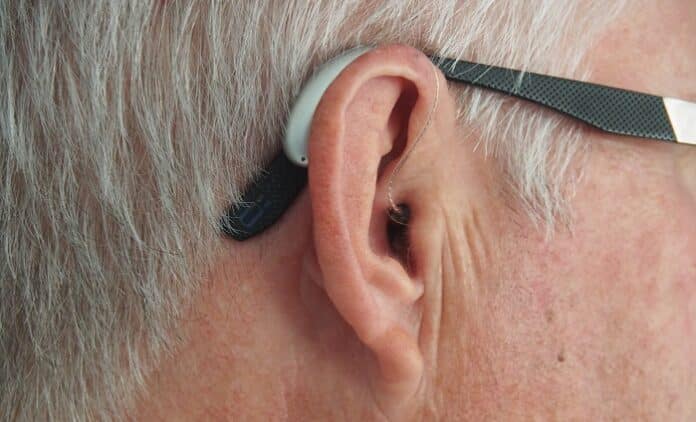Hearing loss is a prevalent health concern that affects millions of people worldwide. According to the World Health Organization (WHO), over 466 million individuals suffer from disabling hearing loss. The impact of this condition is far-reaching, affecting communication, social interactions, and overall quality of life. While hearing aids have proven to be effective solutions, their high costs have restricted access for many individuals. The development of affordable hearing aids is a pressing necessity to address this issue and improve the lives of those with hearing impairment.
Challenges in Accessing Hearing Aids
Affordability remains a significant barrier for those in need of hearing aids. Traditionally, hearing aids have been expensive due to factors such as research and development costs, manufacturing expenses, and a lack of competition.
As a result, a significant proportion of individuals with hearing loss cannot access these life-changing devices, impacting their ability to engage fully in daily activities and contribute to society.
The Rise of User-Centric Design
To tackle the challenges associated with hearing aid accessibility, a new approach has emerged: user-centric design. This design philosophy revolves around placing the end-users at the core of the development process. It aims to understand the unique needs, preferences, and constraints of the users to create products that are tailored to meet their requirements effectively.
The Power of Consumer Feedback
Central to user-centric design is the collection and integration of consumer feedback. In the context of hearing aids, this means actively engaging with individuals with hearing loss to understand their experiences, concerns, and expectations regarding hearing aid devices.
By actively seeking consumer feedback, developers gain valuable insights into various aspects of hearing aid design, such as:
- Comfort and Fit: Users can provide feedback on the comfort and fit of the hearing aids, ensuring that the devices are comfortable to wear for extended periods.
- Sound Quality: Feedback helps developers fine-tune the sound processing algorithms to deliver clearer and more natural sound experiences.
- Usability: Understanding user experiences aids in simplifying the hearing aid controls and enhancing overall usability.
- Battery Life: Feedback helps optimize power consumption, ensuring longer battery life for uninterrupted usage.
- Design and Aesthetics: Consumers’ preferences on the design and aesthetics of hearing aids play a crucial role in reducing the stigma associated with wearing them.
Embracing Technological Advancements
The integration of advanced technologies in affordable hearing aids is another crucial aspect of user-centric design. Innovations such as digital signal processing, machine learning algorithms, and connectivity features have significantly improved the performance and usability of hearing aids. Consumer feedback plays a pivotal role in guiding the development of these technologies, ensuring they align with the needs and preferences of users.
User Trials and Prototyping
User-centric design involves iterative prototyping and conducting trials with potential users. This allows developers to gather real-time feedback and make necessary improvements before the final product reaches the market. By engaging users at this stage, developers can address any potential issues or concerns early on and create a hearing aid that better meets the needs of the target audience.
The Impact of Affordable Hearing Aids
The successful implementation of user-centric design and consumer feedback in the development of affordable hearing aids has far-reaching benefits. Firstly, it increases access to hearing aids for a broader population, empowering individuals with hearing loss to participate more fully in social, educational, and professional activities.
Secondly, affordable hearing aids can lead to improved overall health and well-being. Hearing loss has been linked to cognitive decline, social isolation, and depression. By addressing hearing loss through affordable solutions, individuals can maintain better cognitive function and enjoy improved mental health.
Furthermore, addressing hearing loss through affordable means can result in economic benefits. When individuals can participate more actively in the workforce and society, they contribute significantly to their communities, reducing healthcare costs, and increasing overall productivity.
Conclusion
In conclusion, the development of affordable hearing aids is essential to address the prevalent issue of hearing loss and its associated challenges. User-centric design, with consumer feedback at its core, proves to be a powerful strategy for creating hearing aids that meet the needs, preferences, and financial constraints of users.
By embracing technological advancements and engaging in user trials, developers can ensure that affordable hearing aids are effective, comfortable, and capable of positively transforming the lives of individuals with hearing loss.
As we move forward, it is crucial to continue prioritizing user-centric design to make affordable hearing aids accessible to all, thereby promoting inclusivity and better hearing health for everyone.





